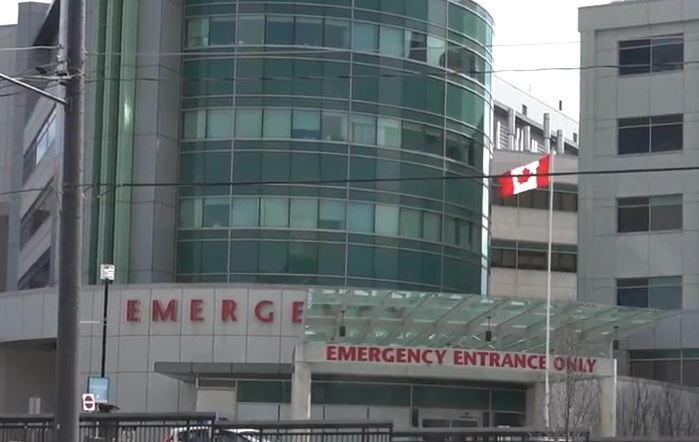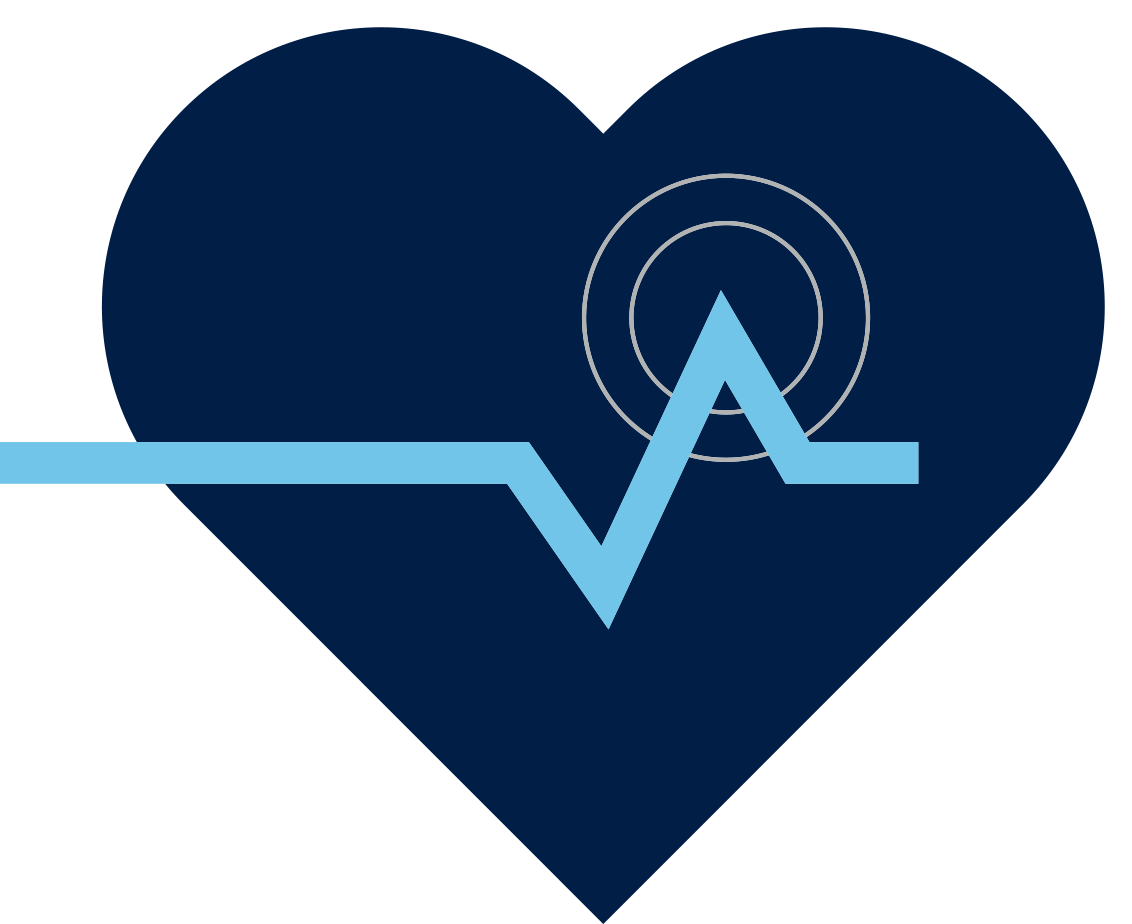
Stories
Southlake Regional Health Centre Reduces Cancellations
Changes to admission and recovery processes effectively doubled the Cardiac Short Stay Unit’s capacity. A recent partnership with the Medtronic Integrated Health Solutions (IHS) team and...
Changes to admission and recovery processes effectively doubled the Cardiac Short Stay Unit’s capacity.
A recent partnership with the Medtronic Integrated Health Solutions (IHS) team and Southlake Regional Health Centre’s Regional Cardiac Care Program has improved patient care and resource utilization, leaving patients happier and staff more confident.
Southlake Regional Health Centre (Southlake) in Newmarket is the fourth largest regional cardiac program in Ontario and provides leading-edge innovative procedures for cardiac patients.
Until recently, the Cardiac Short Stay Unit (CSSU) workflow was challenged with bottlenecks and bay capacity issues. With growing demand through increased population and disease prevalence on the rise, the program was struggling to accommodate the needs of the community. Through an innovative procurement process, Southlake leveraged the partnership with IHS to review existing processes and improve access for patients. The IHS team is comprised of optimization experts who can assist hospitals and healthcare organizations in improving efficiency, resources, and timely patient care.
In June 2019, an IHS-led workshop revealed that the existing workflow in the CSSU could be improved to avoid procedure cancellations and service delays. Jessie Boogaard, Business and Quality Manager of the Southlake Regional Cardiac Care Program says Medtronic and CSSU worked collaboratively to address this problem. “The IHS team made sure to come up with a plan that wasn’t just written on paper, but actually followed through,” explains Jessie. “CSSU staff remained open-minded towards implementing positive change.” The IHS team provided a solution which enabled the department to recover a higher volume of patients within the current physical space, existing budget and staffing resources.
IHS played an integral role in facilitating the development and implementation of a successful design for innovative care delivery, meeting the newly identified needs. Sanaz Ghazi, IHS Project Manager, says, “We conducted time studies to clearly understand each step of CSSU’s care delivery and identify areas for improvement. We then brainstormed with key stakeholders, particularly Jessie Boogaard, Cath Lab Manager Leanne Blair, and CSSU charge nurse Rosanne Carnevale, to come up with smart solutions.”
One area of focus was the admission process for the CSSU. It was identified that there was opportunity for improved patient flow by modifying the location where admitted patients were waiting for their procedure. Both inpatients and outpatients admitted to the CSSU were assigned to bays to await their upcoming procedure. This approach filled the 15-bay department to capacity early in the day, resulting in an inability to achieve the targeted procedure volume for the day.
Medtronic’s solution targeted the outpatient population, which is approximately 70 per cent of the daily activity. The IHS team suggested that the outpatients be directed to a nearby waiting area, for the period between admission and procedure, instead of being placed in a bay. This simple shift prioritized the use of CSSU bays for the recovery of patients post procedure.
Through physician engagement at Southlake and a review of practices at other centres, Medtronic also identified that some ambulatory patients could be recovered sitting up in a comfortable chair. Clinical criteria were developed to ensure appropriate patient selection for this new recovery process. As a result, the Radial Artery Recovery Area was created, which realized additional recovery capacity, accommodating the increase in procedural volume. “We learned that by making these changes, we’d be able to free up about 50 percent of the capacity in the unit, effectively doubling its capacity,” says Morteza Zohrabi, lead IHS Consultant.
By shadowing in the CSSU and in the procedural area, the IHS team identified opportunities to streamline and simplify day-to-day operations. A workflow analysis was completed and tasks that were not necessary to ensure patient safety, patient and staff satisfaction or required for documentation and care purposes, were evaluated and removed from the workflow. Staff identified concerns about how the changes would affect their heavy workload.
To assist staff in visualizing the foreseen improvements and bring them onboard, the IHS team developed a simulator using raw hospital data to demonstrate how the proposed changes would enhance the department’s operations. Farbod Abolhassani, Data Analyst on the IHS team, explains, “we built a 3D graphic simulation that looked exactly like the hospital or department. It was essential in engaging Southlake staff in our efforts.”
Ms. Ghazi highlights that the commitment from the Southlake team and the transparent approach to change management contributed to the successful implementation of improvement strategies and ultimately superior outcomes for the department. “A year after Southlake implemented the recommended changes, the CSSU hasn’t had to cancel a single procedure because of recovery capacity issues.”
Since the implementation of the IHS recommendations, staff morale and patient satisfaction have improved. And thanks to focused collaboration, the Interventional Cardiology Program has increased efficiencies, resulting in budget optimization and improved patient access to care.
A key learning from the experienced is that facilitated change is only successful through meaningful relationships and mutual understanding of goals and objectives. The partnership between Medtronic IHS and the Cardiac Short Stay Unit is built on collaboration transparency and trust, attributes that lead to lasting process improvements and improved outcomes for patients.



